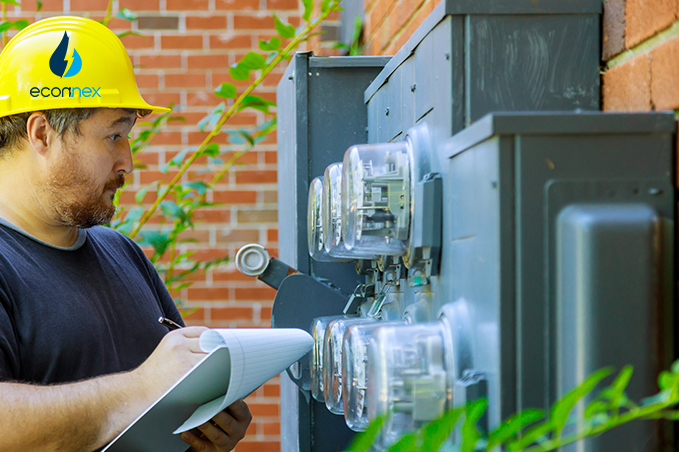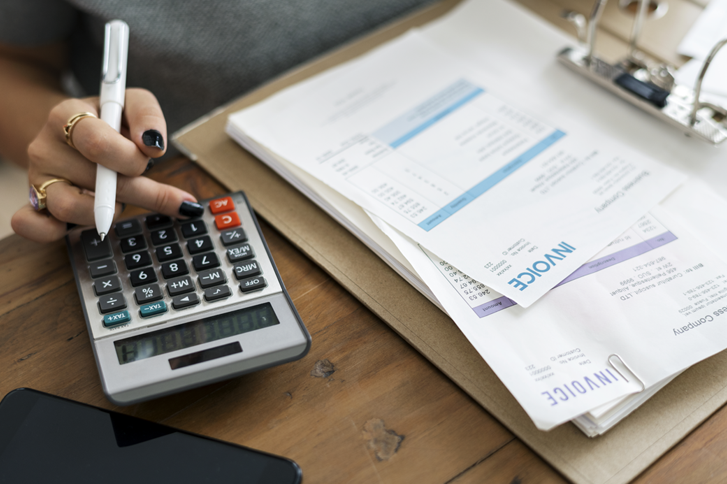Empowering energy decisions! Econnex offers a comprehensive guide on understanding energy usage charges for smarter choices.

Published on
By Unknown
Energy Comparison
Your energy usage charges are easy to understand once you find out what all the terms and measurements mean. Here is a summary of the most common energy usage charges, so how they are calculated.
Retailers express electricity as energy consumed over time. The more energy you consume, the higher the bill. This is called the “variable” or “consumption” charge. The unit your electric retailer uses is kilowatt hours (kWh). Typically, your bill will show:
c/kWh (cents per kilowatt hour.)
This c/kWh charge may vary if you have a different peak, off-peak, or shouldered charges. Pricing structures include a flat fee, controlled load (dedicated appliances with own meter), credits for feed-in solar power, or different discounted blocks.
Your retailer estimates your charges or reads from your meter. This is indicated “E” for estimated or “A” for actual.
Want to save on electricity usage charges? Click here and compare.
Like electricity, retailers express gas as energy consumed over time. This is called the “variable” or “consumption” charge and is charged in cents per megajoule (c/MJ). This number is determined by your current gas plan or tariff block.
Your retailer will also typically charge a supply charge, fixed charge, or service charge, which is a fixed rate that includes network maintenance, administration, and other delivery costs. It’s usually expressed in cents per day.
Retailers may charge additional fees such as an early termination fee, late payment/overdue fee, establishment fee (for new customers) or a payment processing fee for credit cards and These will be explained on your bill.



